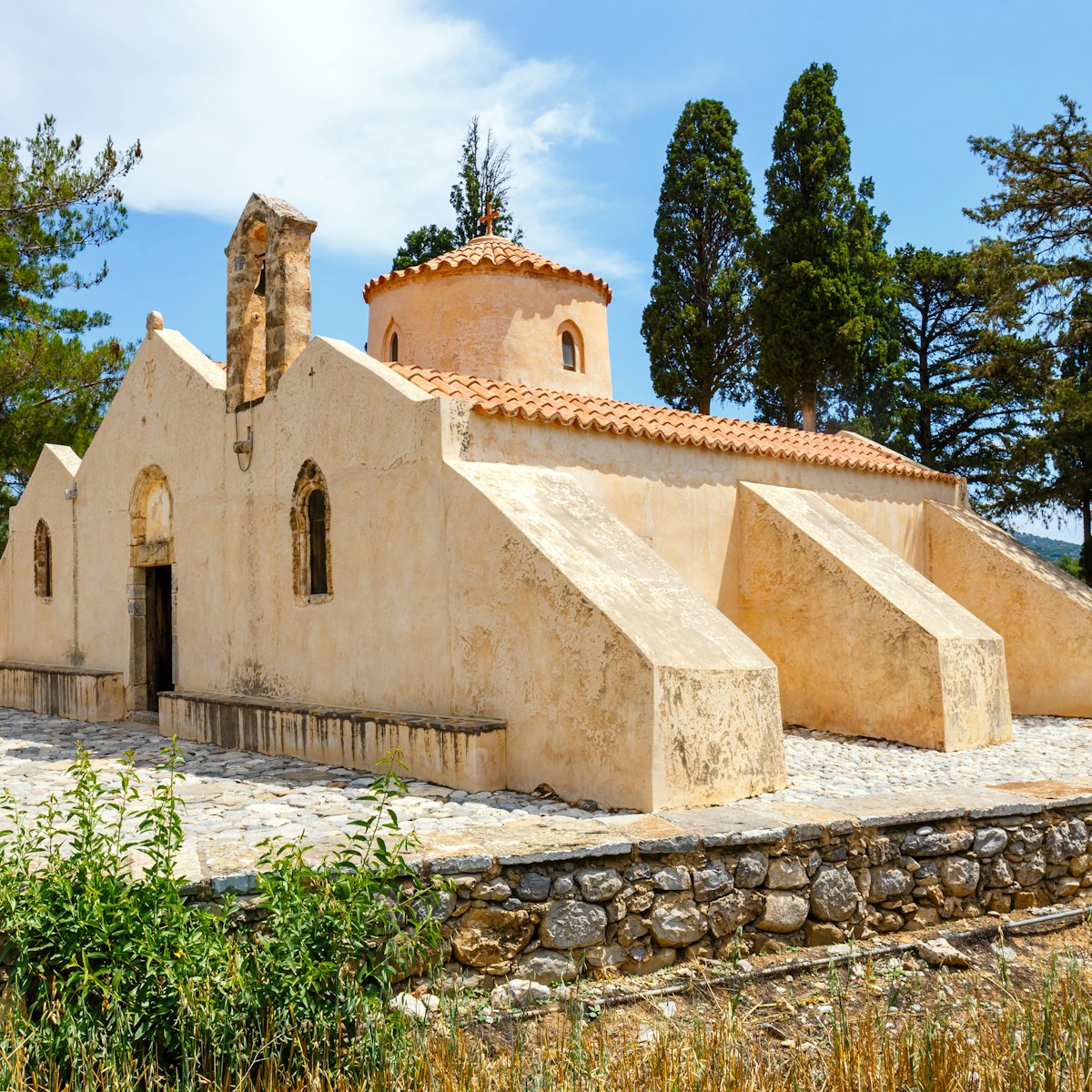Tiny Spinalonga Island became a leper colony in 1903 and catapulted into pop-cultural consciousness thanks to Victoria Hislop's 2005 bestselling novel The Island and the subsequent Greek TV series spin-off To Nisi. Boats departing from Elounda, Plaka and Agios Nikolaos drop visitors at Dante's Gate, the 20m-long tunnel through which patients arrived. From here, a 1km trail takes you past such ‘sights’ (mostly ruined) as a church, the disinfection room, the hospital and the cemetery.
Before it became a leper colony the island was a stronghold of the Venetians, who built a massive fortress in 1579 to protect the bays of Elounda and Mirabello. In 1715 the island fell under Ottoman control. Spinalonga's isolated location off the northern tip of the Spinalonga Peninsula made it a good leprosy quarantine zone. Also known as Hansen’s Disease, the condition causes skin lesions, nerve damage and muscle weakness and has been around since ancient times. As many as 1000 Greeks were quarantined on Spinalonga, initially in squalid and miserable conditions. This changed in 1936 with the arrival of Epaminondas Remoundakis, a law student who contracted leprosy at the age of 21, and who fought passionately for better medical care and infrastructure on the island. A cure for leprosy was finally discovered in 1948 and the last person left Spinalonga in 1957.
Thanks to Hislop’s tale about her own family’s connection to the island, interest in Spinalonga has skyrocketed and you’re unlikely to feel lonely during your visit.
Ferries operated by local boat cooperatives depart half-hourly from Elounda (€12) and Plaka (€8), giving you as much time on the island as you need. From Agios Nikolaos, Nostos Cruises runs one daily excursion boat.







